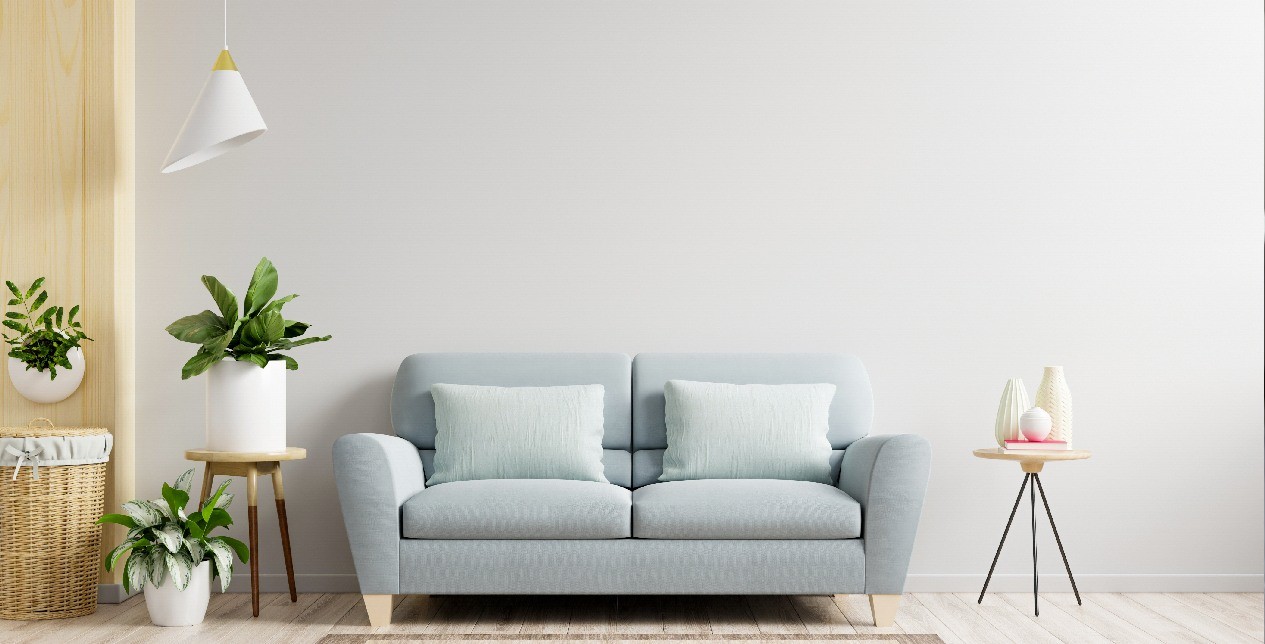Every year, we experience fluctuations in weather. The varying climates come with different weather elements, from hot, sunny days to cold, rainy nights. Moreover, these climates have other effects on the environment.
Not only do these elements affect how we go about our daily business, but they also affect our wall cladding boards. That’s right; an unstable climate can be quite a nuisance to weatherboard cladding. However, knowing the proper maintenance techniques can help protect your wall cladding boards from damage.
Read on as we look at how the different climates affect weatherboard cladding and what you can do to maintain them. However, if you are looking for an alternative, aluminium cladding is another great choice!
Maintaining Your Wall Cladding During Hot and Humid Climates
It’s not only the cold you must be worried about; hot and humid conditions also affect the integrity of weatherboard cladding.
For instance, the rays from the scorching sun can cause fading of your wall cladding surfaces. It even worsens when the weather gets warm as the fading accelerates, leaving you with a dull-looking weatherboard.
Another problem occurs due to the change in weather. For instance, during the day, it gets hot, and the resulting heat leads to the expansion of the wall cladding. However, when the temperature drops at night, the wall cladding contracts.
The result of this constant expansion and contraction is the formation of peels and cracks. It’s essential to prevent this problem by applying high-grade polished finishes that won’t fade quickly.
Using materials like timber that won’t quickly expand and contract is also essential. It also ensures your wall cladding doesn’t fall victim to peels and cracks.
Maintaining Your Weatherboard Cladding in Cold Climates
These are usually marked by heavy rains, freezing and thawing conditions. And if not adequately maintained, wall cladding could be at serious risk of developing faults. It is especially the case if your wall cladding material is metal.
Moving on, the standard issue facing metal cladding is cut-edge corrosion. This kind of problem persists when the cut edge of a metal sheet is exposed to elements of cold weather, causing its paint to peel and crack.
To ensure your wall cladding doesn’t fall victim, you must adopt cut-edge corrosion repair services. These services ensure your wall cladding remains watertight, thereby stopping the corrosion process on the cut metal edge. Also, responding to this problem on time saves the wall cladding from further and more severe damage.
Another problem facing wall cladding during cold climates is cracking and the formation of holes. These issues result from the constant expansion of wall claddings caused when water freezes. And when thawing occurs, it results in more significant cracks and holes.
The effects of these cracks and holes can be detrimental to your building’s structure and may cause water to leak into your home. Therefore, it’s essential to respond quickly to wear and tear on the wall cladding. Also, take advantage of companies’ refurbishment techniques and coating services to add extra protection to your wall cladding.
Conclusion
Maintaining your wall cladding is essential to prolong its lifespan and preserve its aesthetic appeal. Doing so involves knowing what tips to follow for different climates. That way, hot or cold environments don’t negatively affect your wall cladding.











